The food and beverage scene in Porto is flourishing. Port wine, produced in the adjacent Douro Valley and matured there, is famous across the world. Francesinha and tripas à moda do Porto are just a couple of the city’s typical meals that you just must try. So let’s experience the best of Porto’s history and culture with this guided tour of sightseeing attractions in Porto.
Porto Cathedral
The Porto Cathedral, also known as the Cathedral of São Francisco, is a Romanesque church located in the heart of Porto.
The cathedral was constructed in the 12th century, but throughout time, it had several modifications and extensions, resulting in a variety of architectural styles. The cathedral’s interior is embellished with Baroque and Gothic characteristics, while the façade is adorned with exquisite embellishments, stained glass windows, and stone sculptures.
The Gothic cloister, which was a 14th-century addition to the Porto Cathedral, is one of its most remarkable features. The cloister is enclosed by a number of arches and columns and is embellished with beautiful sculptures in stone. It is a calm and serene setting that provides a break from the hectic metropolis outside.
The Porto Cathedral’s Treasury, which houses a collection of priceless antiquities and works of art including gold and silver chalices, reliquaries, and illuminated manuscripts, is also open to visitors. The cathedral is a bustling and lively center of the city’s culture because to the frequent performances and activities it organizes.
Clérigos Tower
It was built in the 18th century and is 75 meters (246 feet) tall. It is decorated with intricate details, such as stone carvings and stained glass windows, and is topped with a gilded bell that can be seen from all over the city.
Public access to the Clérigos Tower allows for people to ascend to the tower’s summit and take in expansive views of the city. There are several steep steps to ascend in order to reach the summit, but the views are definitely worth it.
In addition to offering breathtaking vistas, the Clérigos Tower is also home to a small museum that details the tower’s construction and history. The museum has displays about the bell of the tower, the building process, and the past of the area in which it is located.
São Bento Railway Station
São Bento Railway Station is a major transportation hub in Porto. It is located in the center of the city and is a short walk from many of the city’s top attractions, including the Porto Cathedral and the Clérigos Tower.
The azulejo (tiled) paintings and the spectacular Art Nouveau architecture of the train station are well-known features. More than 20,000 azulejo tiles, which are handmade tiles that portray images from daily life and Portuguese history, decorate the station’s interior. One of the best examples of azulejo art in the nation, the murals were painted by the artist Jorge Colaço in the early 20th century.
Regular trains leave from São Bento Railway Station for locations around the nation, making it a significant transportation center in the city. It is a well-liked location for both residents and visitors to gather and begin their travels in Porto.
Porto City Hall
A magnificent example of Neoclassical architecture is the Porto City Hall.
Built in the nineteenth century, the City Hall is embellished with elaborate features including Corinthian columns, stone sculptures, and elaborate balconies. The building’s interior is similarly stunning, including sweeping staircases, marble flooring, and exquisitely painted ceilings.
The stunning courtyard of the Porto City Hall, which is encircled by arches and columns and is embellished with elaborate embellishments and sculptures, is one of the building’s most remarkable features. Both residents and visitors love relaxing in the courtyard and taking in the tranquil surroundings.
The Porto Municipal Hall is home to a number of significant governmental offices and agencies, including the mayor’s office and the city council, in addition to its stunning architectural features. It serves as a major center for local administration and governance and is essential to the civic life of the city.
Palácio da Bolsa
A prominent center of commerce and finance in the city, the Palácio da Bolsa (Stock Exchange Palace) is a magnificent example of Neoclassical architecture from the late 19th century.
The Palácio da Bolsa, which was constructed in the 1840s, served as the Porto Commercial Association’s initial administrative center. Corinthian columns, marble flooring, and elaborate balconies are just a few of the complex elements that decorate it. Grand staircases, lovely murals, and exquisite chandeliers can be seen throughout the building’s interior, which is equally spectacular.
The Salão Arabe (Arab Room), which is covered with beautiful azulejo tiles and utilized for special events and ceremonies, is one of the Palácio da Bolsa’s most famous features. The room’s Arab-inspired design, which drew inspiration from the Alhambra Palace in Granada, Spain, earned it the moniker.
The Porto Stock Exchange is one of several significant commercial and financial organizations that call the Palácio da Bolsa home. Numerous tourists interested in the history of the city’s business and finance visit this significant center of commercial activity.
Casa da Música
In 2005, Rem Koolhaas finished construction on Casa da Msica, a contemporary performance venue. The outside is made of glass and steel, and the curving, asymmetrical design makes it look like a futuristic-looking modern skyscraper. A big concert hall with 2,000 seats and a smaller chamber music hall with 400 seats are both included inside this remarkable structure.
The Porto National Orchestra performs with a variety of musical groups at Casa da Msica, which also holds jazz, pop, rock, and classical music events. The cultural center Maus Hábitos, which holds exhibits, performances, and other events, is also located there.
Casa da Msica is a well-known destination for those interested in architecture in addition to its solid performances. The structure’s cutting-edge style and futuristic exterior create a distinctive and unforgettable experience.
Porto Wine Cellars
The Porto Wine Cellars, also referred to as the “Caves,” are a collection of subterranean wine storage facilities.
Some of the most famous port wine manufacturers in the world, including Taylor’s, Sandeman, and Krohn, are found in the Porto Wine Cellars, which are situated along the banks of the Douro River. Many of the cellars provide tours and tastings so that guests may learn about the development of port wine and try a range of wines.
The Porto Wine Cellars are known for their gorgeous architecture and spooky underground surroundings as well. Intricate stone carvings and decorative features cover several of the vaults, which are cut out of the hillside. Tourists drawn to the basements by their interest in wine, history, and architecture frequently visit them.
Douro Valley
The Douro Valley, a magnificent location in the north of Portugal, is renowned for its breathtaking scenery, tasty wine, and lovely communities. The nation’s most renowned port wine producers are found in this area, which is situated along the Douro River.
The terraced vineyards of the Douro Valley, which are cut into the hillsides and provide some of the greatest wines in the world, are famous for them. A variety of attractive towns and villages, like Pinho, Regua, and Alijó, can be found in the area and provide a glimpse at traditional Portuguese culture.
The Douro Valley is known for its wine and quaint villages, but it is also home to a number of natural wonders, such as the Douro International Natural Park, which is a haven for several plant and animal species. A variety of old estates and mansions, such the Quinta do Vallado, are also located in the area and provide a window into the history and culture of the area.
Serralves Museum
The Serralves Museum is a modern art museum.
The museum is found in the Serralves Park, a lovely outdoor area that serves as a home for several plant and animal species. The museum is a stunning modern structure with a smooth white facade and an asymmetrical, curving design. The museum’s interior is as spectacular, including roomy halls that display a variety of modern works from throughout the globe.
Some of the most significant artists of the 20th and 21st centuries are represented in the art collection of the Serralves Museum, including Yoko Ono, Louise Bourgeois, and Marcel Duchamp. The museum is a thriving and busy cultural center in the city since it also offers temporary exhibitions and activities like concerts and movie screenings.
Visitors interested in architecture frequently visit the Serralves Museum in addition to its art collection and cultural activities. The museum offers a distinctive and unforgettable experience because to its gorgeous surroundings and contemporary architecture.
Ribeira District
The Ribeira District is a historic neighborhood, situated along the banks of the Douro River and known for its narrow streets, colorful houses, and picturesque views.
These include the Porto Cathedral, a historic building in the center of the neighborhood, which is the most well-known. Church of Santo Ildefonso, Palacio da Bolsa, and Lello Bookstore are a few further noteworthy locations.
The Ribeira District is also known for its vibrant nightlife. The area is home to many bars, restaurants, and clubs, and is a popular destination for locals and tourists alike. The district is also home to a number of markets and street vendors, where visitors can find a variety of local products and crafts.


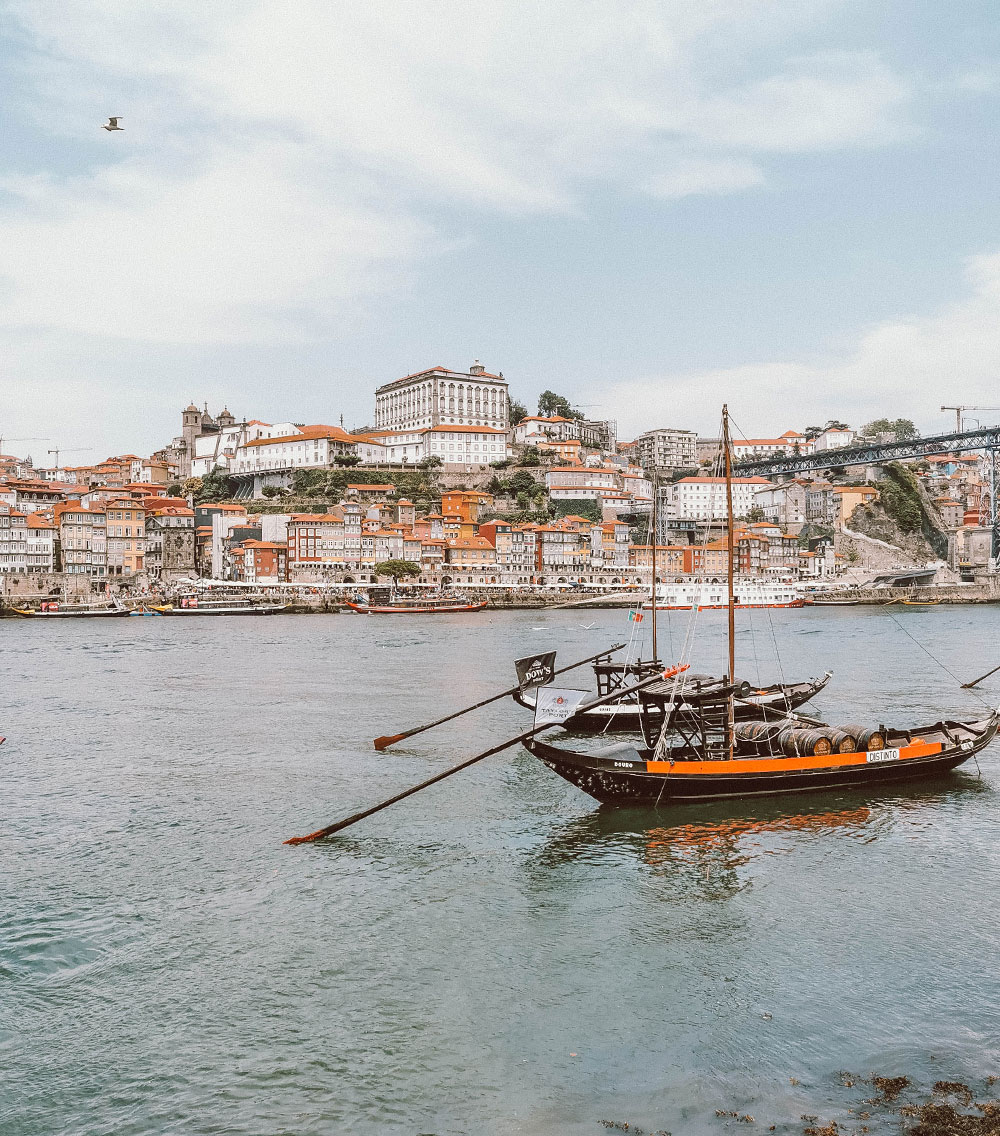
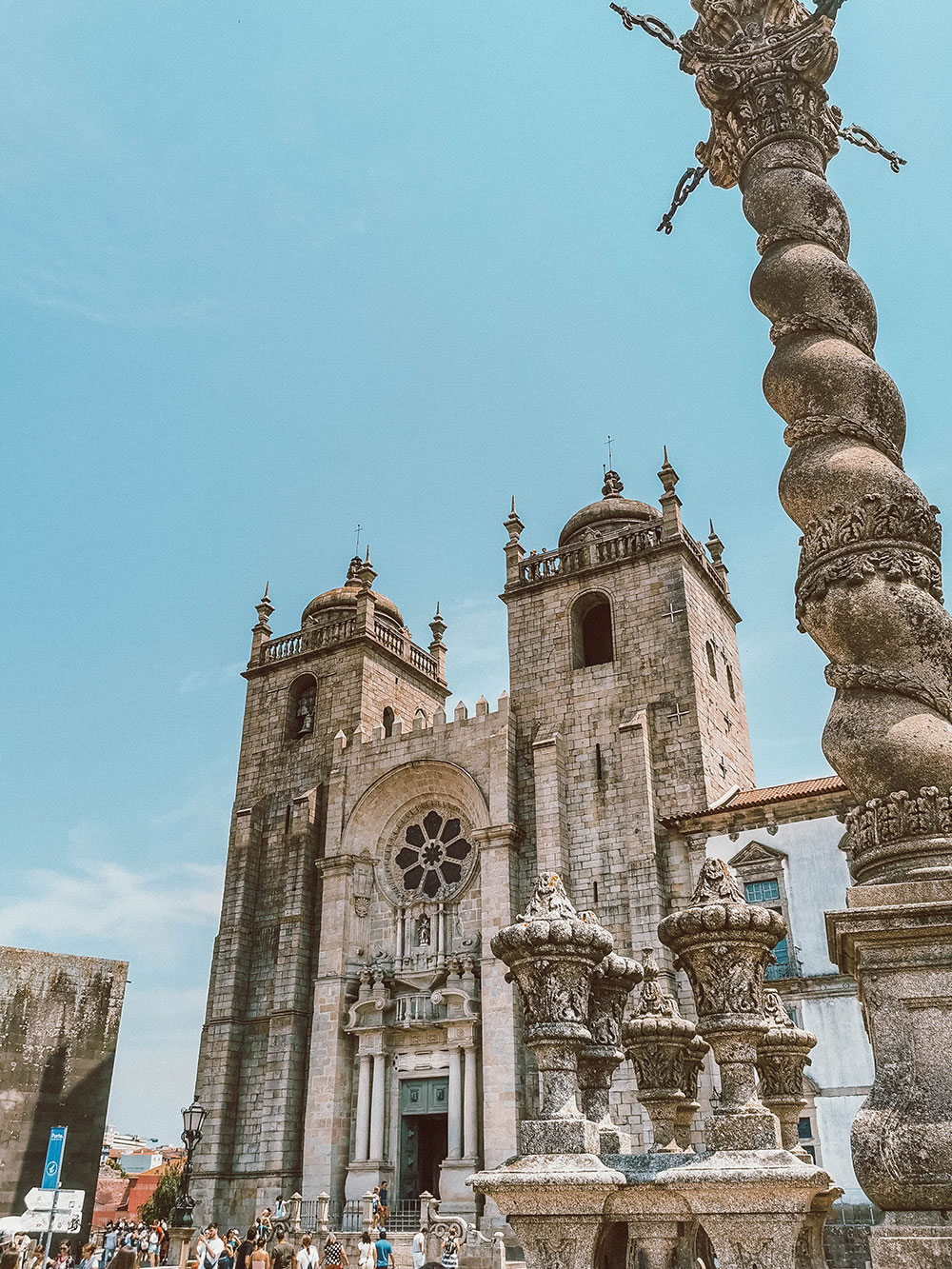
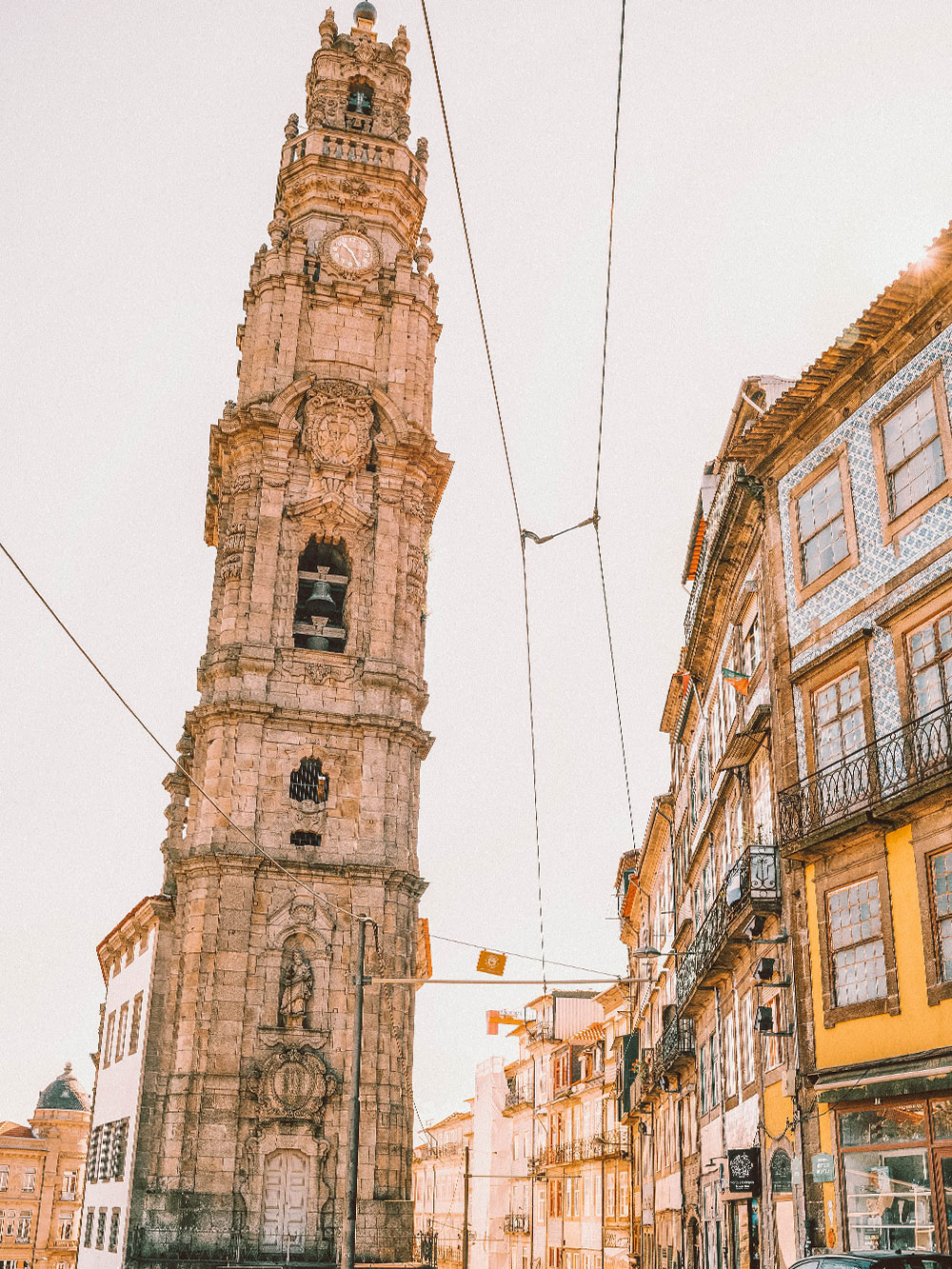
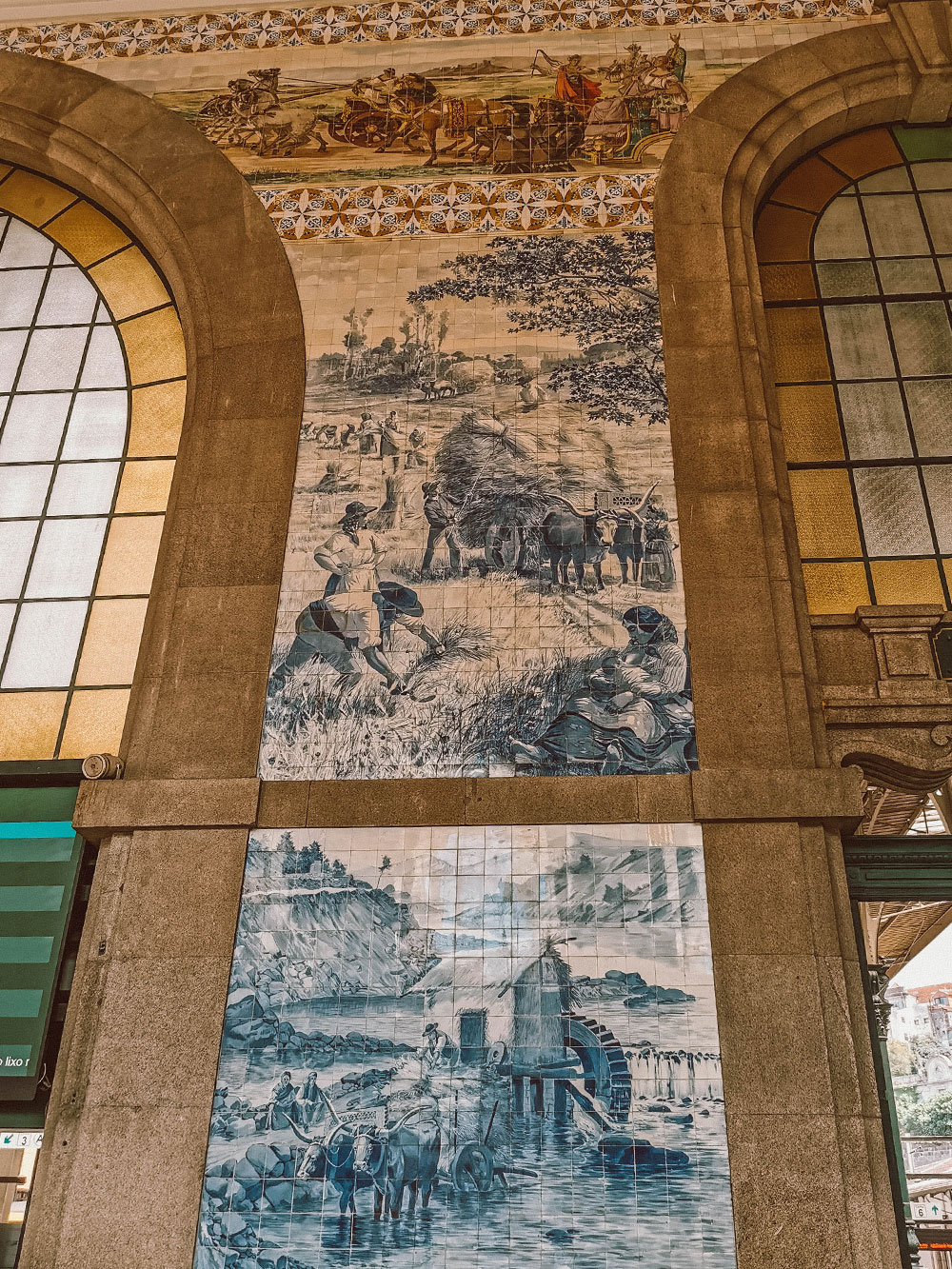
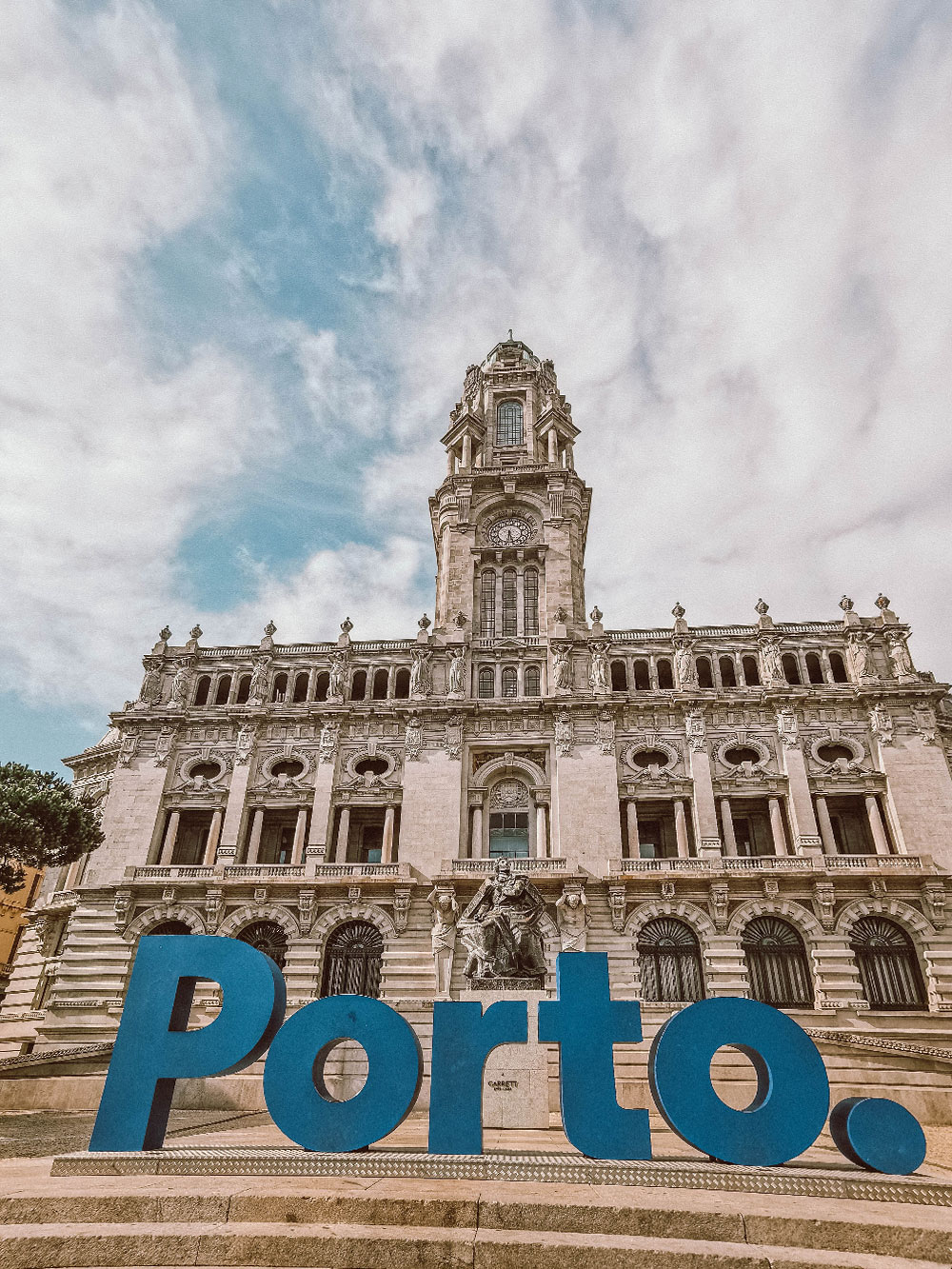
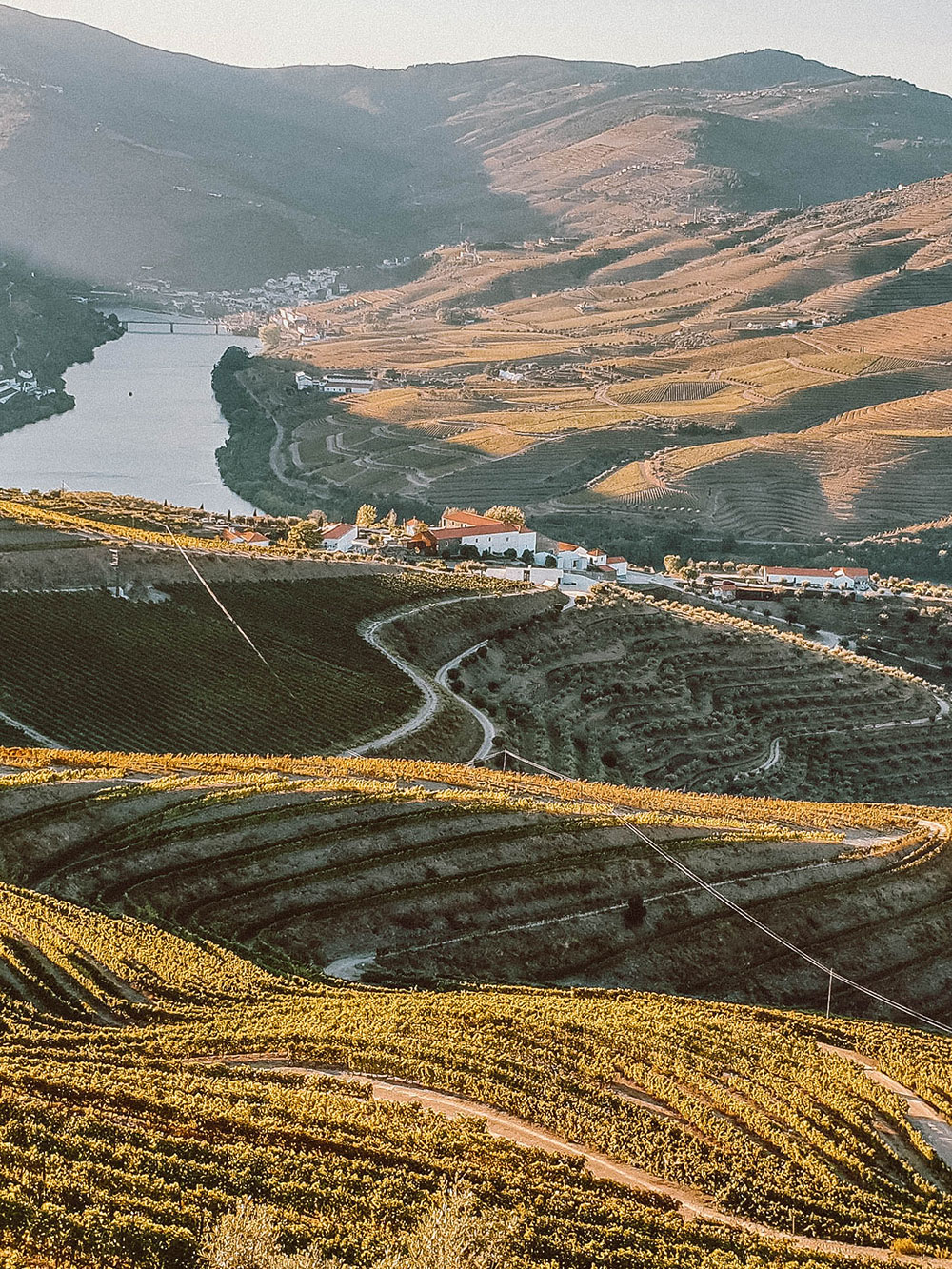
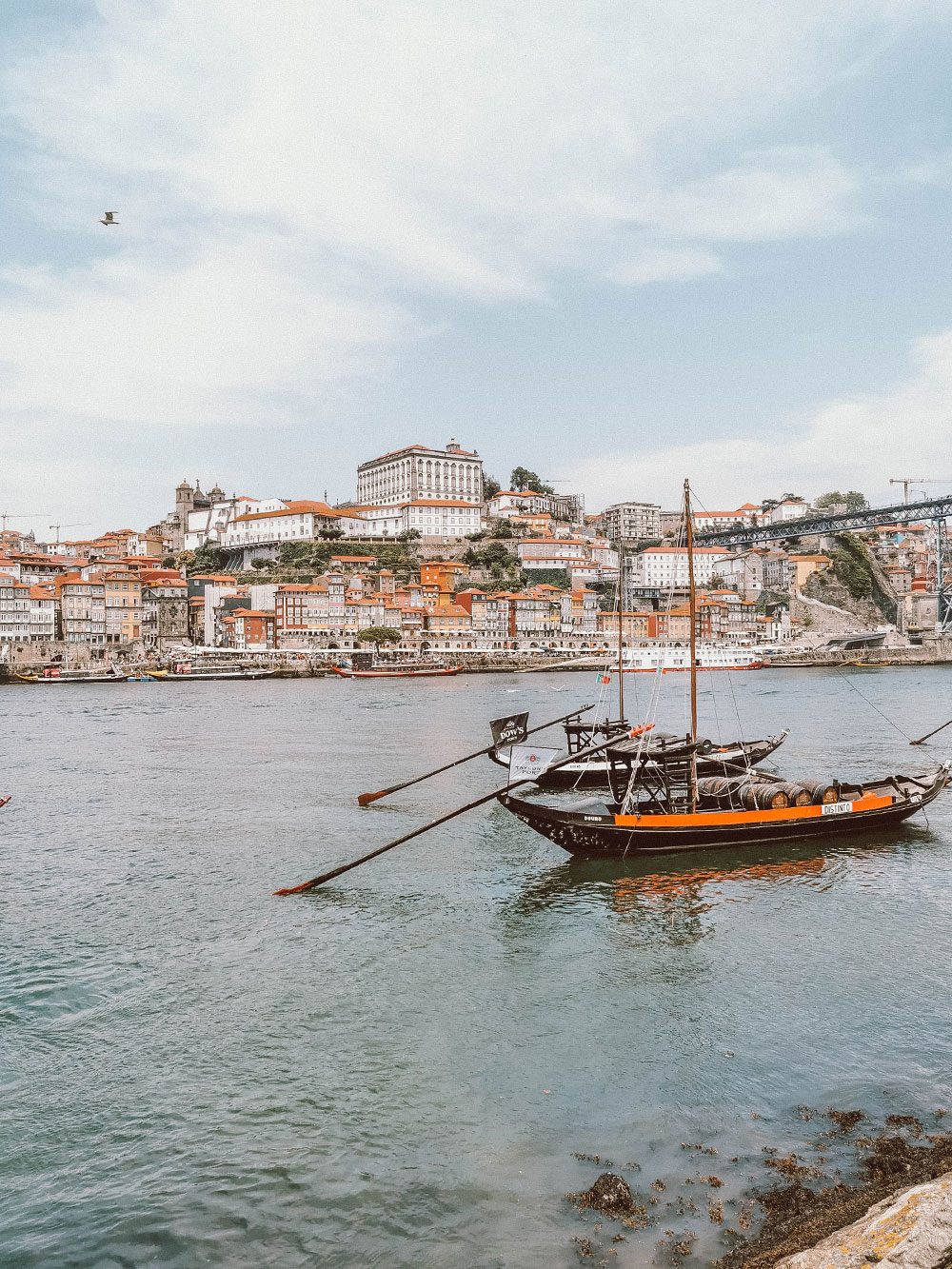

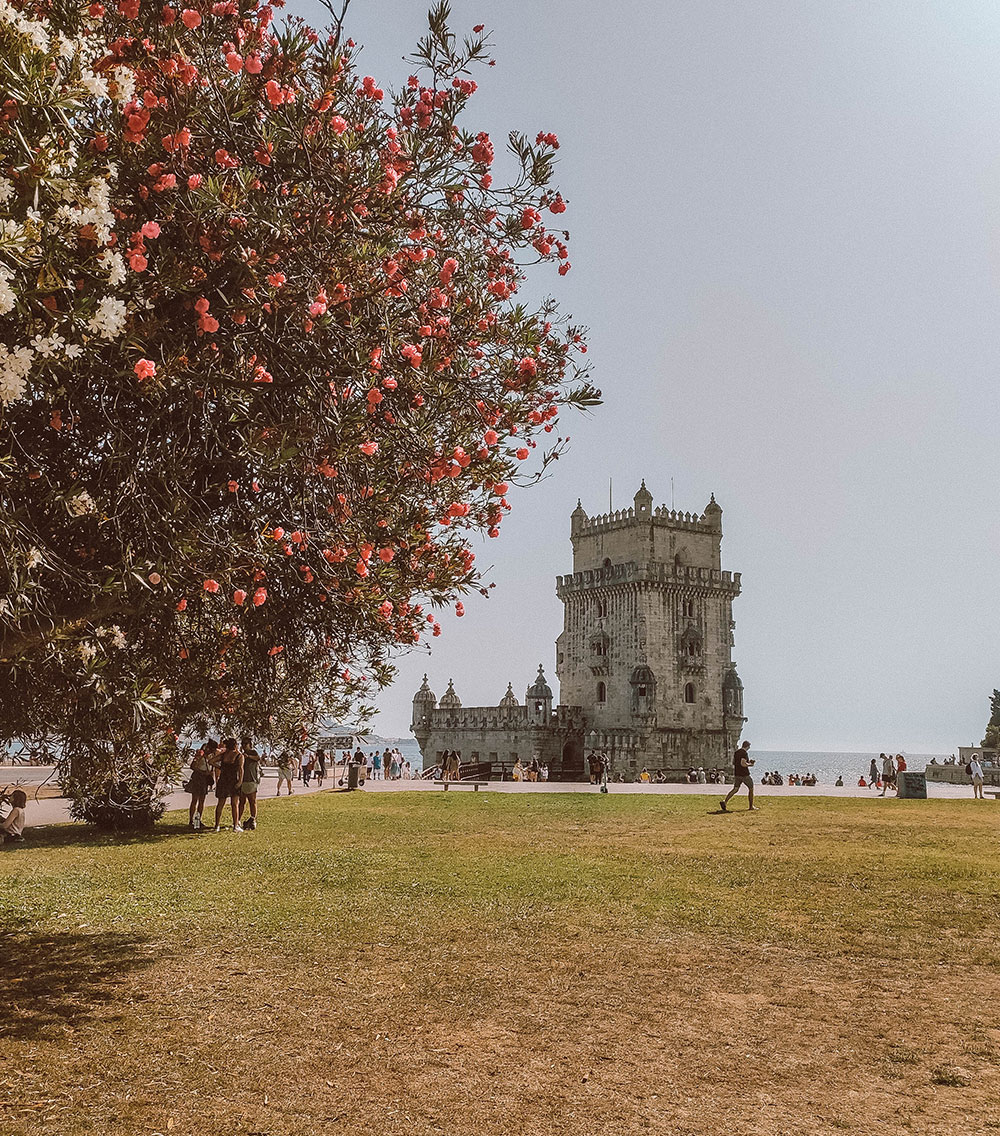

No Comments